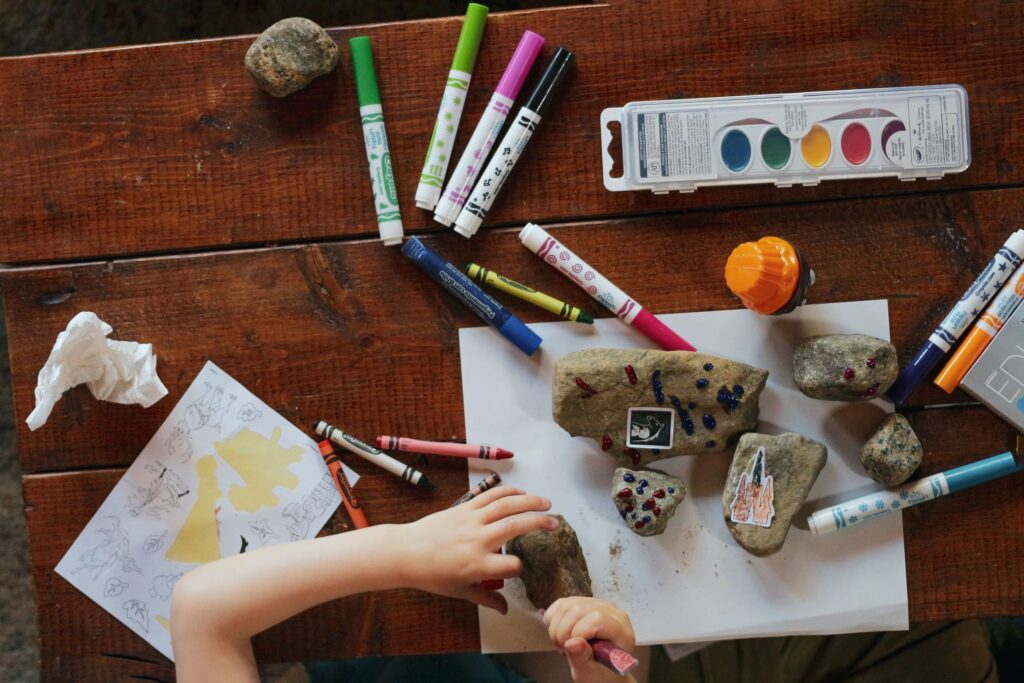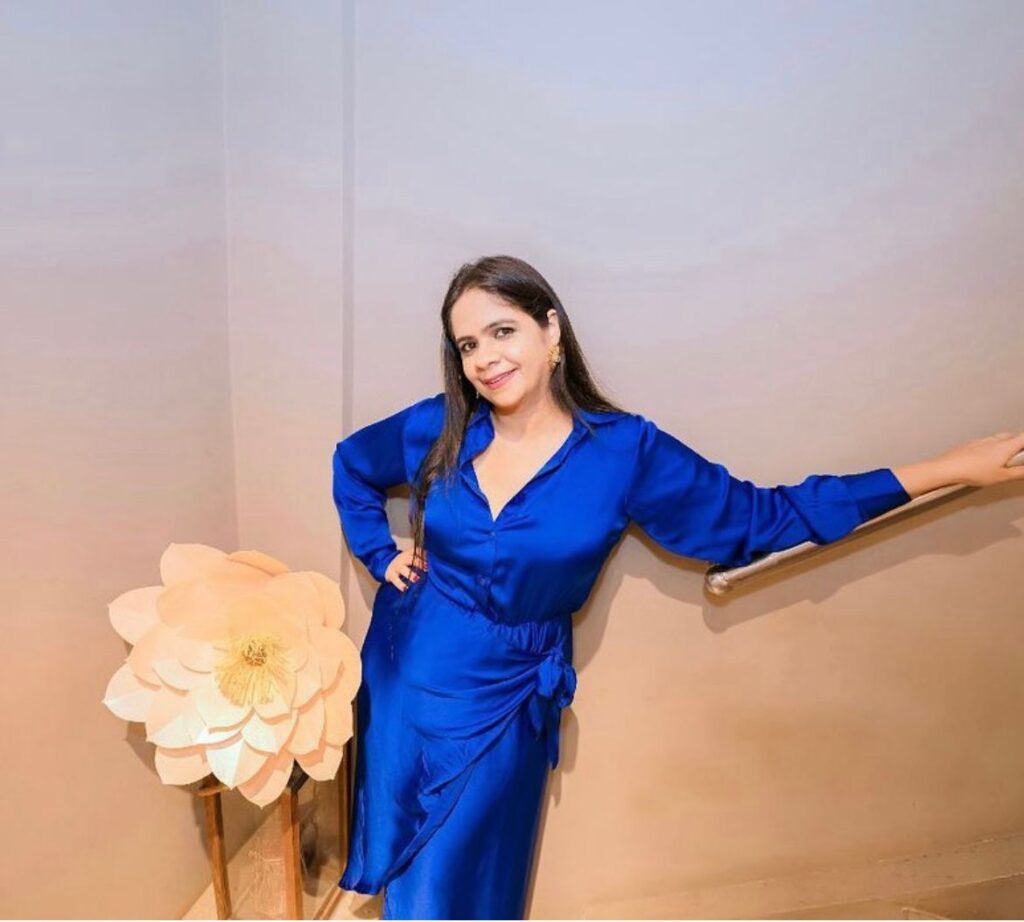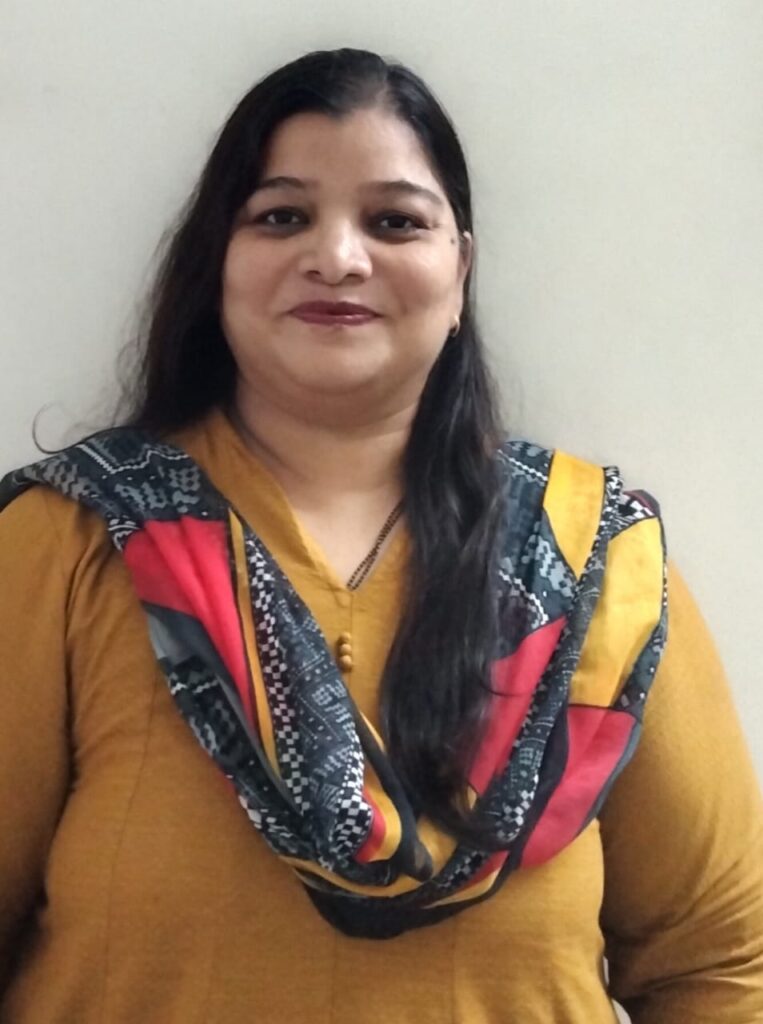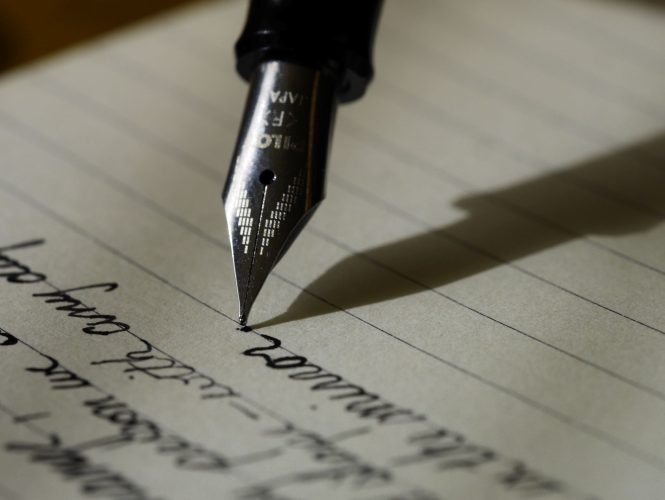Trauma is a deeply emotional response to a disturbing or threatening event that makes it difficult to cope with everyday life. In my episode, ‘Inhale Healing, Exhale Trauma: The Art of Breathwork’, breathwork trainer and former monk, Christian Minson talks about the effects of trauma and how the way we breathe influences our journey of healing

According to the Adverse Childhood Experiences (ACE) study conducted by Kaiser Permanente and the Centres for Disease Control and Prevention, trauma can originate from a single incident such as a car accident or natural disaster, or from sustained, chronic exposure like abuse or neglect. The study also highlights the profound impact of trauma on an individual’s physical, emotional, and mental health, altering brain regions like the amygdala, prefrontal cortex, and hippocampus. These changes may manifest as anxiety, depression, flashbacks, and nightmares, symptoms commonly associated with Post-Traumatic Stress Disorder (PTSD) and other related disorders.
In an episode of my podcast, Wellness Curated, breathwork and life coach Christian Minson delves deeper into the effects of trauma. “Suppressed emotions can create a lot of chaos and havoc in your life… an inability to concentrate, an exacerbation of moodiness…,” he says. This can make it difficult to form and maintain relationships, and to succeed at work or school.
Art therapy can be beneficial
This is a therapeutic technique rooted in the idea that creative expression can foster healing and mental well-being. It is used to help individuals explore emotions, develop self-awareness, cope with stress, boost self-esteem, and work on social skills. According to articles in the Journal of the American Art Therapy Association, art therapy integrates psychotherapeutic techniques with the creative process to improve mental health and well-being. Art therapists are trained professionals skilled in both art and therapy, and hence, they can guide individuals through the creative process, helping to explore and express their feelings and thoughts that may be difficult to verbalise.
How it helps
- Emotional expression: Art therapy allows for expression in a non-verbal way, enabling individuals to explore and convey their emotions and thoughts through creative means. This is particularly useful for those who find it hard to articulate their feelings.
- Stress relief: Engaging in the arts can be a relaxing and meditative experience, reducing stress and promoting mental calmness.
- Improved self-esteem: Completing an artwork provides a sense of accomplishment and can boost confidence and self-appreciation.
- Cognitive functioning: The creative process stimulates cognitive functions, encouraging problem-solving, planning, and decision-making.

How it works
Art therapy sessions might involve drawing, painting, sculpture, or collage. Individuals are encouraged to create art that expresses their inner world — thoughts, feelings, and experiences. The therapist may provide prompts or themes for the artwork or let the individual’s spontaneous creativity lead the way. After the art is made, the individual and therapist may discuss the process of its creation, the thoughts and feelings it evokes, and any symbolic meaning it might have. This discussion helps to uncover underlying psychological and emotional conditions and begin addressing them.
Research supporting the efficacy of art therapy is growing. A systematic review published in the Journal of the American Art Therapy Association found that art therapy had a positive impact on reducing trauma symptoms and improving cognitive function among trauma patients. Another study in the journal Cancer found that breast cancer patients who engaged in art therapy experienced significant reductions in symptoms of depression and anxiety.
“But what if I’m not good at art?”
“Concerned about your artistic ability? Many share the apprehension of diving into art therapy, worrying about their creative skills,” remarks counsellor Pinky Bajaj. “Remember, the quality of the artwork isn’t the focus here; it’s about the process of expressing your thoughts and emotions through creative means.” Bajaj notes that once her clients understand that their creations aren’t subject to judgement, they embrace the therapeutic journey, finding joy and liberation in expressing themselves artistically.
Art therapist Saee Churmure expands on the concept, emphasising that art therapy isn’t confined to just drawing or painting. “It encompasses a wide array of expressive mediums designed to facilitate personal exploration and emotional expression,” Churmure explains. These mediums range from sculpting, colouring, and crafts to meditative mandalas, drama, photography, writing, journaling, and even dance. Each offers a unique pathway to understanding and articulating feelings, thoughts, and experiences in a profoundly personal and healing way.
The journey of healing from trauma is intricate and deeply personal. Art therapy stands as a powerful tool in our arsenal. To know more about this, tune into my podcast. Do this now, because whether through the stroke of a brush, the moulding of clay, or the dance of the body, each act of creation can be a step toward reclaiming the narrative of your life.


“Concerned about your artistic ability? Many share the apprehension of diving into art therapy, worrying about their creative skills,” remarks counsellor Pinky Bajaj. “Remember, the quality of the artwork isn’t the focus here; it’s about the process of expressing your thoughts and emotions through creative means.” Bajaj notes that once her clients understand that their creations aren’t subject to judgement, they embrace the therapeutic journey, finding joy and liberation in expressing themselves artistically.
Art therapist Saee Churmure expands on the concept, emphasising that art therapy isn’t confined to just drawing or painting. “It encompasses a wide array of expressive mediums designed to facilitate personal exploration and emotional expression,” Churmure explains. These mediums range from sculpting, colouring, and crafts to meditative mandalas, drama, photography, writing, journaling, and even dance. Each offers a unique pathway to understanding and articulating feelings, thoughts, and experiences in a profoundly personal and healing way.


The journey of healing from trauma is intricate and deeply personal. Art therapy stands as a powerful tool in our arsenal. To know more about this, tune into my podcast. Do this now, because whether through the stroke of a brush, the moulding of clay, or the dance of the body, each act of creation can be a step toward reclaiming the narrative of your life.

